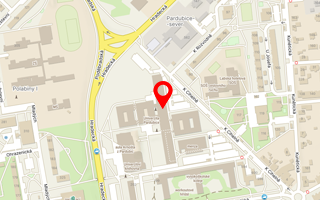Publikace detail
Nonlinear optoelectronic materials formed by push-pull (bi)thiophene derivatives functionalized with di(tri)cyanovinyl acceptor groups
Autoři:
Wojciechowski A. | Raposo M. Manuela M. | Castro M. Cidalia R. | Kuznik W. | Fuks-Janczarek I. | Pokladko-Kowar M. | Bureš Filip
Rok: 2014
Druh publikace: článek v odborném periodiku
Název zdroje: Journal of Materials Science: Materials in Electronics
Název nakladatele: Springer
Strana od-do: 1745-1750
